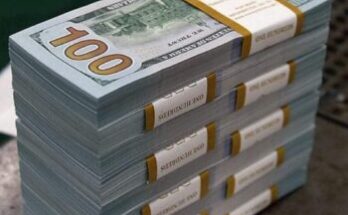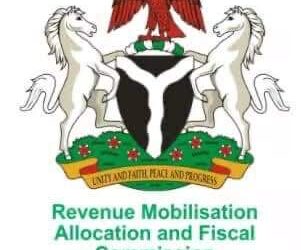Nigeria’s 2021 Gross Domestic Product (GDP) has grown by 4.0 per cent yera-on-year(y/y) in the fourth quarter (Q4) of 2021 despite the emergence of new variants of the pandemic and uptick in case count.
The fourth quarter (Q4) growth brought the full-year rate to 3.4 per cent y/y (fastest pace since 2014), exceeding the expectations of the IMF (3.0 per cent), World Bank (2.4 per cent) and Afrinvest (3.0 per cent).
The modest GDP growth was driven by the non-oil segment, which expanded 4.4 per cent y/y in the financial year (FY) 2021 (first quarter (Q1): 0.8 per cent, second quarter (Q2): 6.7 per cent, third quarter (Q3): 5.4 per cent, and Q4: 4.7 per cent).
Conversely, the oil segment extended its lacklustre performance to seven successive quarters in Q4 (down 8.1 per cent) culminating in an 8.3 per cent y/y contraction in FY:2021, albeit lower than the level recorded in 2020 due to improved oil prices (averaging $70.95/bbl. vs $43.51/bbl. in 2020). In terms of contribution, oil GDP contribution fell to 7.2 per cent (2020: 8.2 per cent) while the non-oil contribution rose marginally to 92.8 per cent (2020: 91.8 per cent). In addition, 14 activity sectors recorded positive growth in 2021 relative to six activity sectors in the pandemic-ravaged year 2020.
While the non-oil segment’s performance gives some credence to FG’s diversification efforts, a delve into the three broad components showed that divergence lingers. The Services component expanded the most, recording a 5.6 per cent y/y growth in 2021 (2020: -2.2 per cent). This was driven by full year expansion in Financial Institutions and Insurance (+10.1 per cent y/y), Trade (+8.6 per cent y/y), and Telecommunications & Information Services (+7.3 per cent y/y). Trailing, the Agriculture sector grew 2.1 per cent y/y (2020: 2.2 per cent), supported mainly by Crop production which expanded 2.3 per cent y/y. In contrast, the Industries sector contracted mildly by 0.5 per cent y/y; indicating a 5.4 per cent improvement relative to the contraction of 5.9 per cent in 2020.
“We link the decline in Agriculture sector growth and mild contraction of the Industries sector to the persistent insecurity and structural challenges prevailing in the economy”, said analysts at Afrinvest.
For the oil sector, the technical and operational issues affecting the nation’s key oil production facilities constrained output as average oil production plunged further to 1.50mbpd in Q4:2021, relative to organisation of Petroleum Exporting Countries (OPEC) assigned quota of 1.68mbpd and 2021 budget benchmark of 1.86mbpd. This implies that Nigeria missed out largely on the gains that should have accrued as a result of the rally in the global crude oil prices in 2021; evidenced in the 46.5 per cent underperformance of the actual oil & gas revenue (N1.1 trillion) from January to November 2021. Although crude oil production is likely to remain constrained in 2022 (due to technical issues at major terminals, vandalism risk, and delay in PIA implementation), we maintain our base case growth projection of 2.9 per cent (best case: 3.5 per cent) for 2022 as highlighted in our 2022 Outlook report – “A Mix of Boom & Gloom.”




